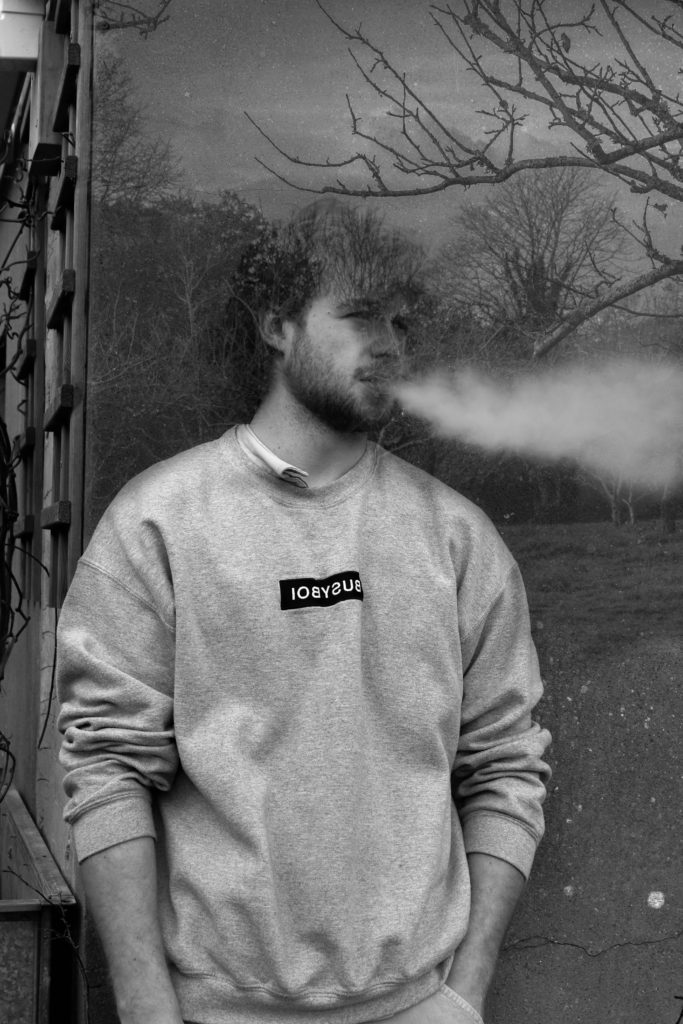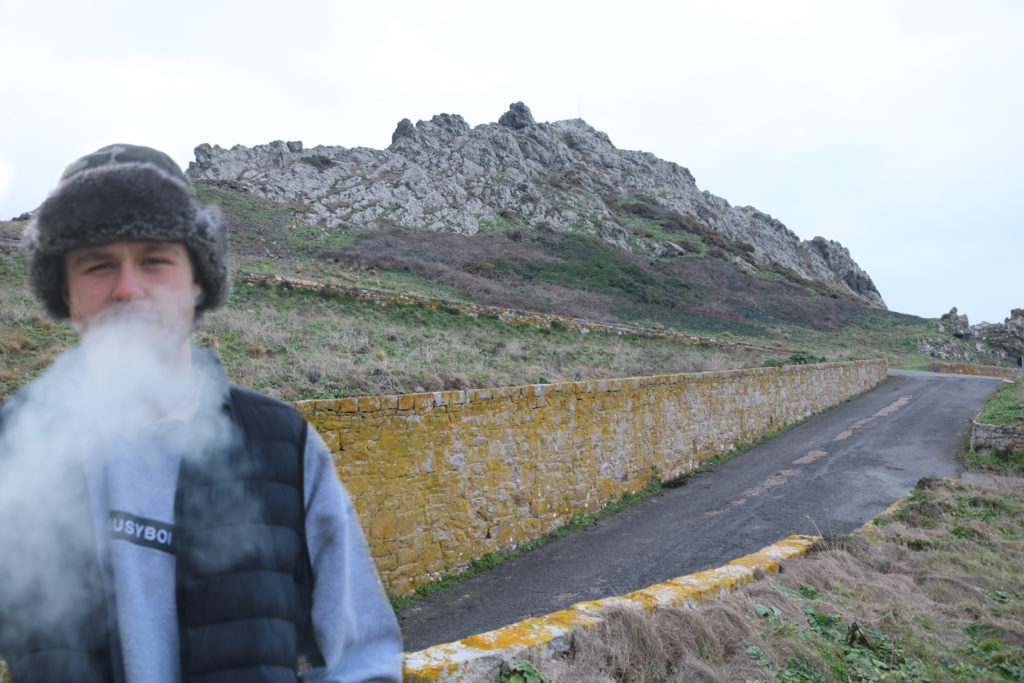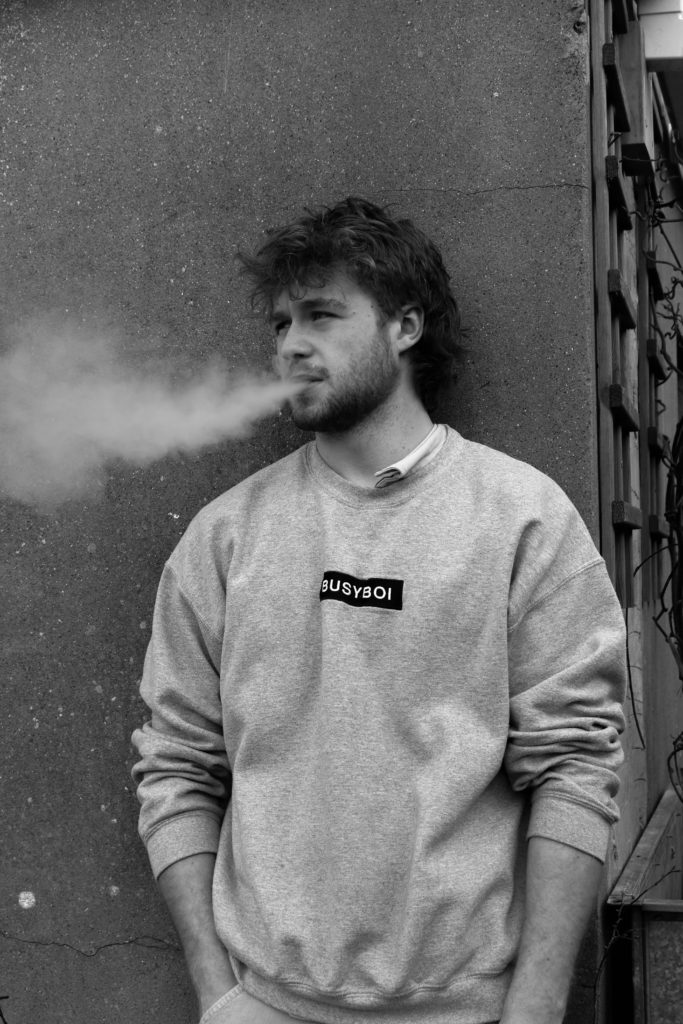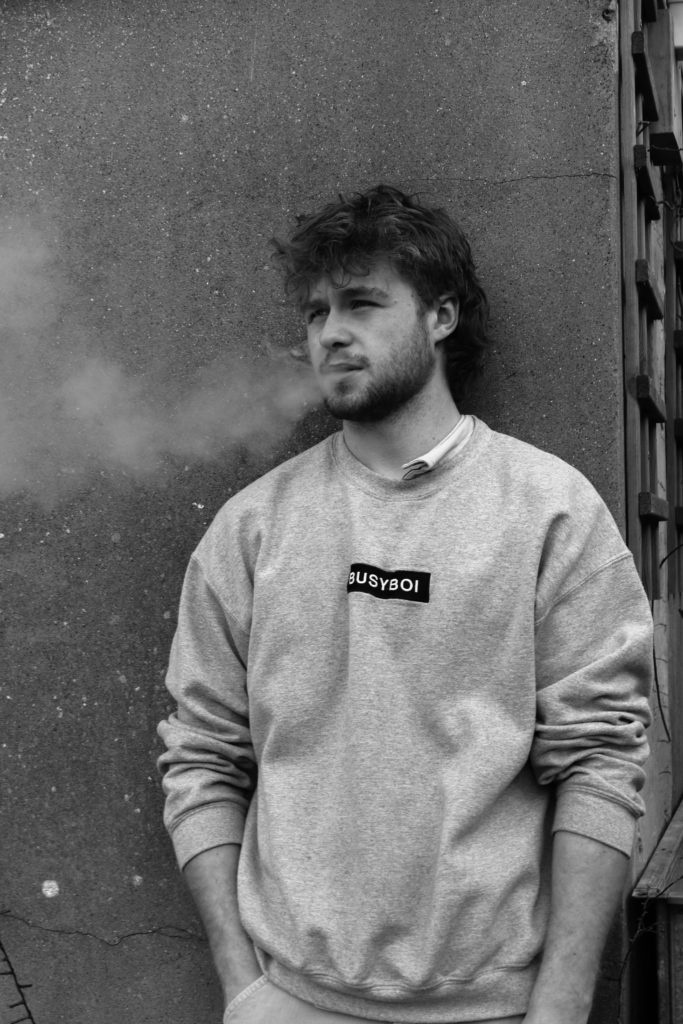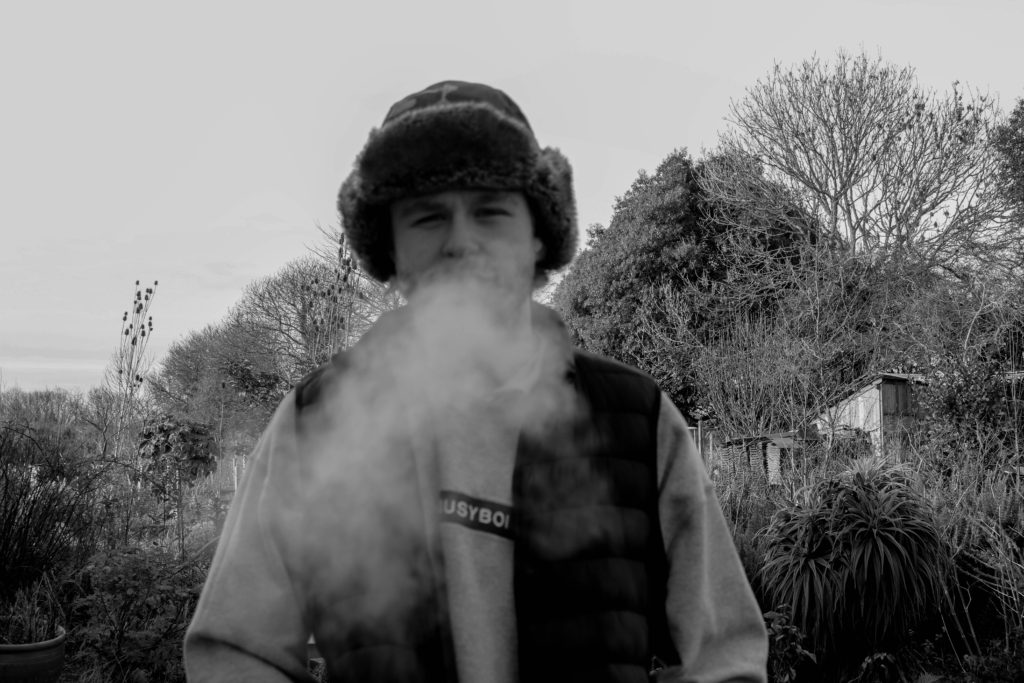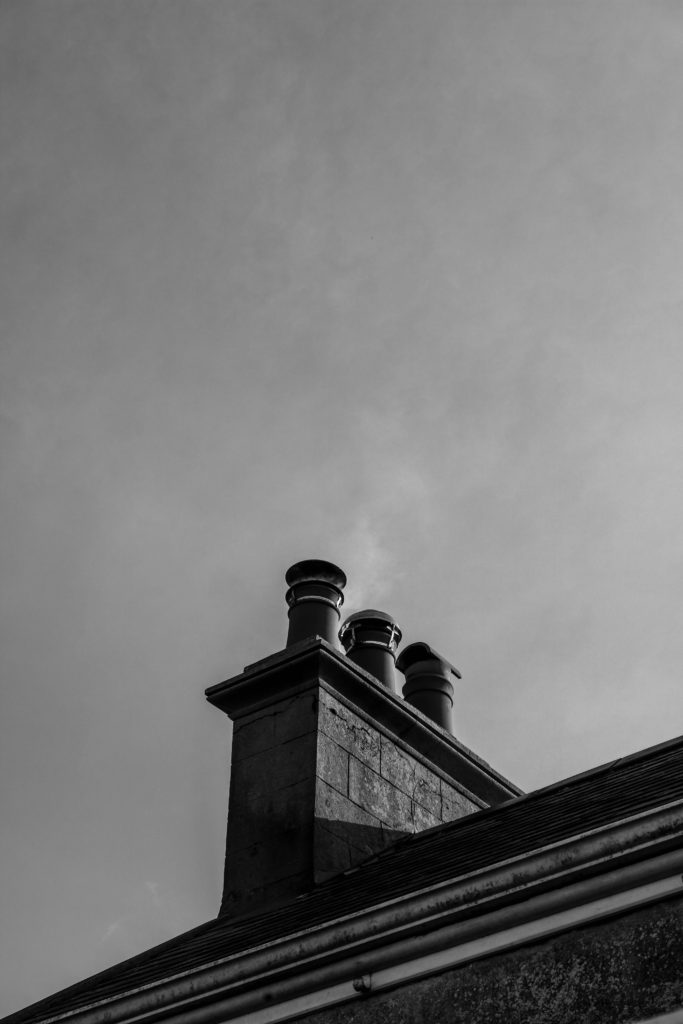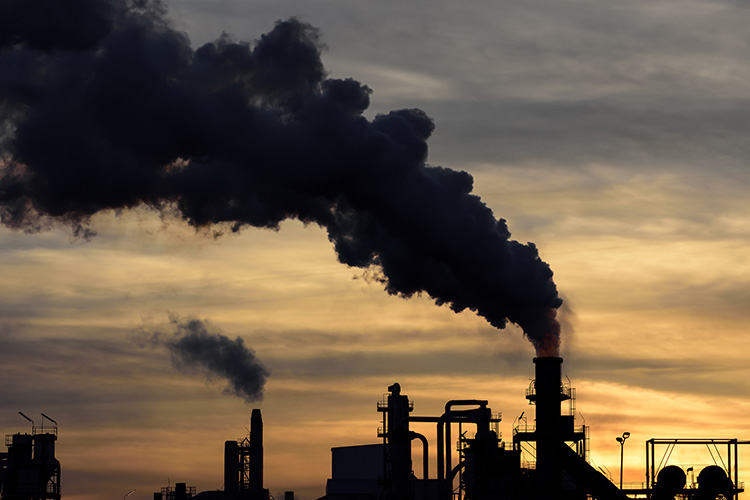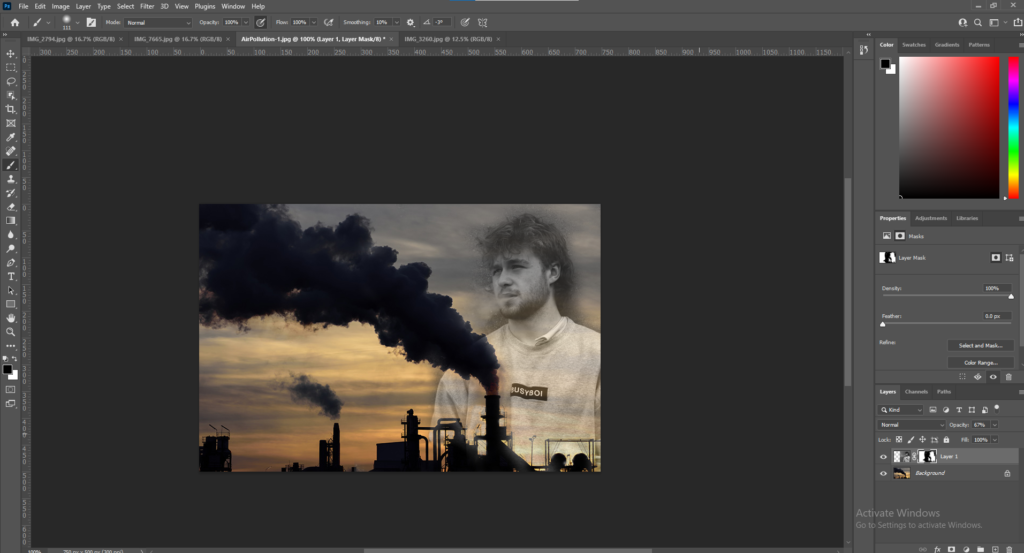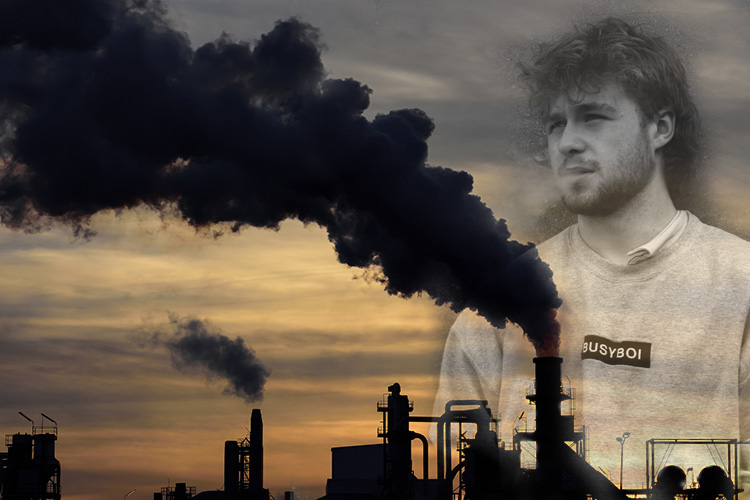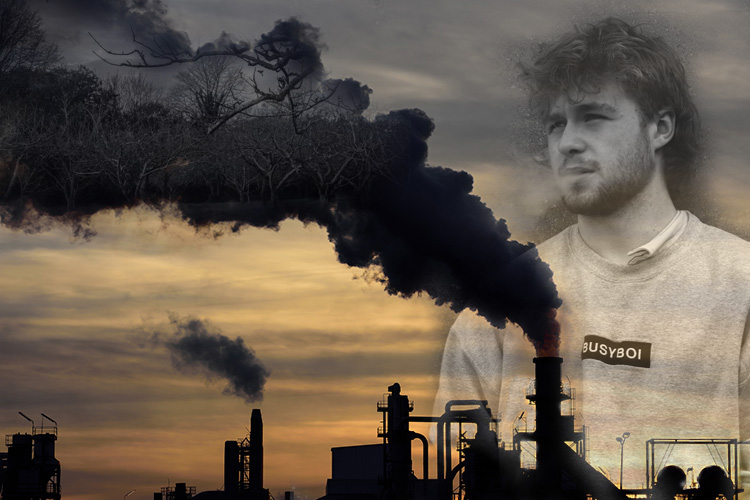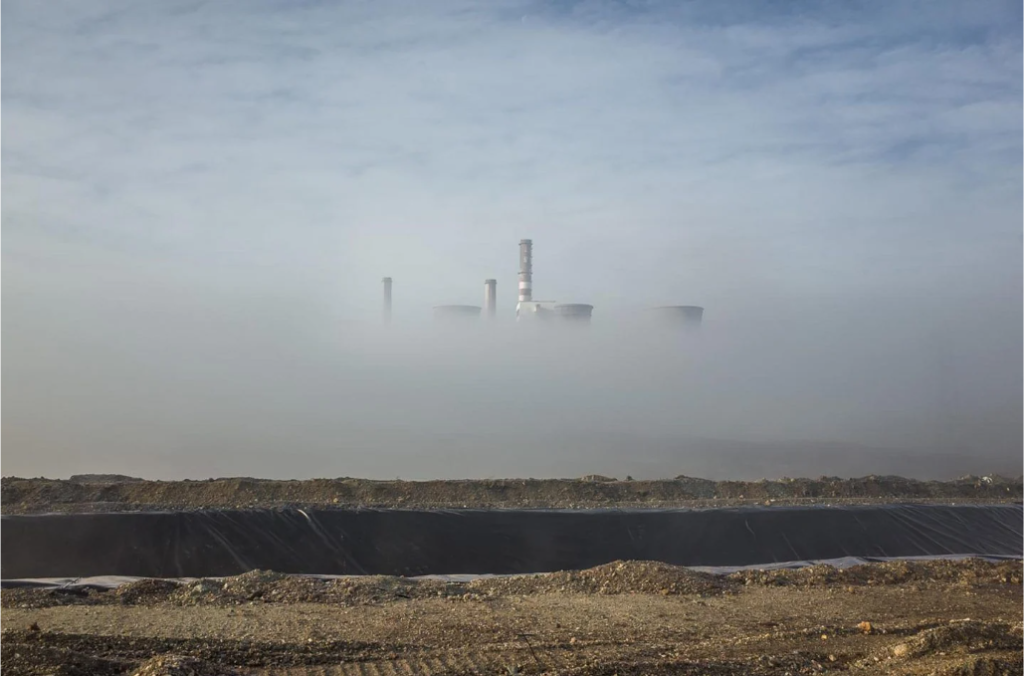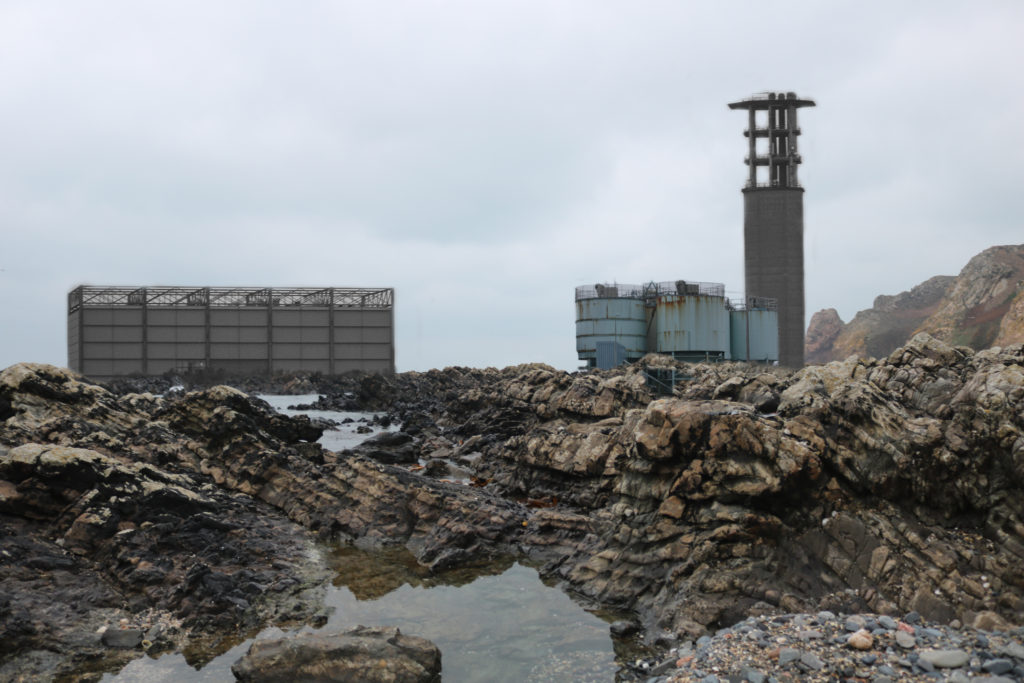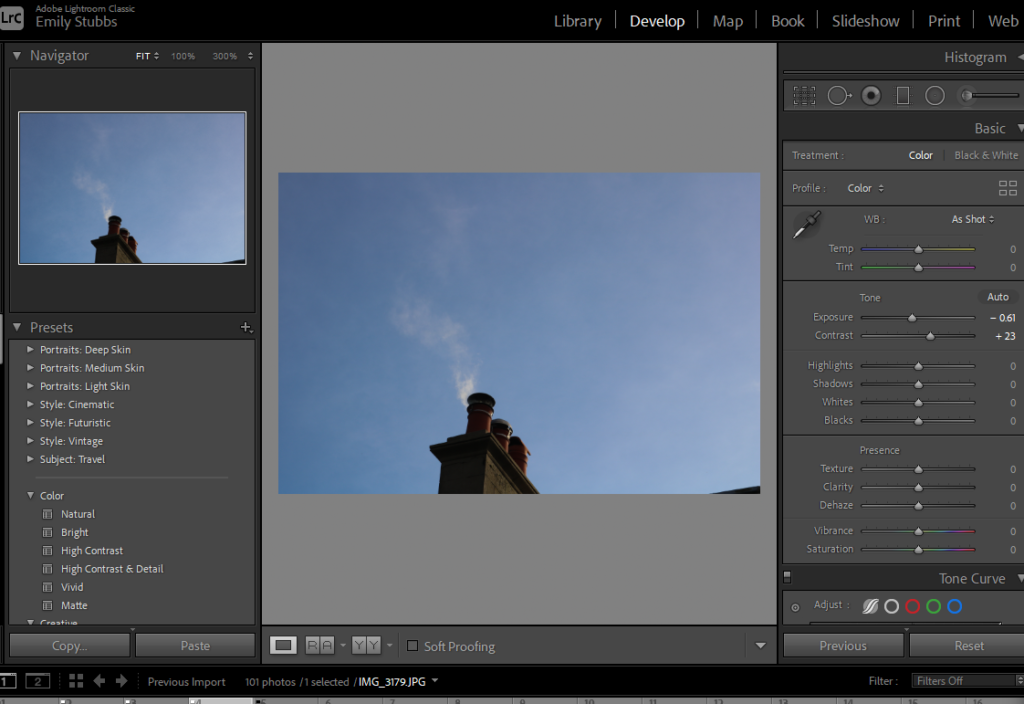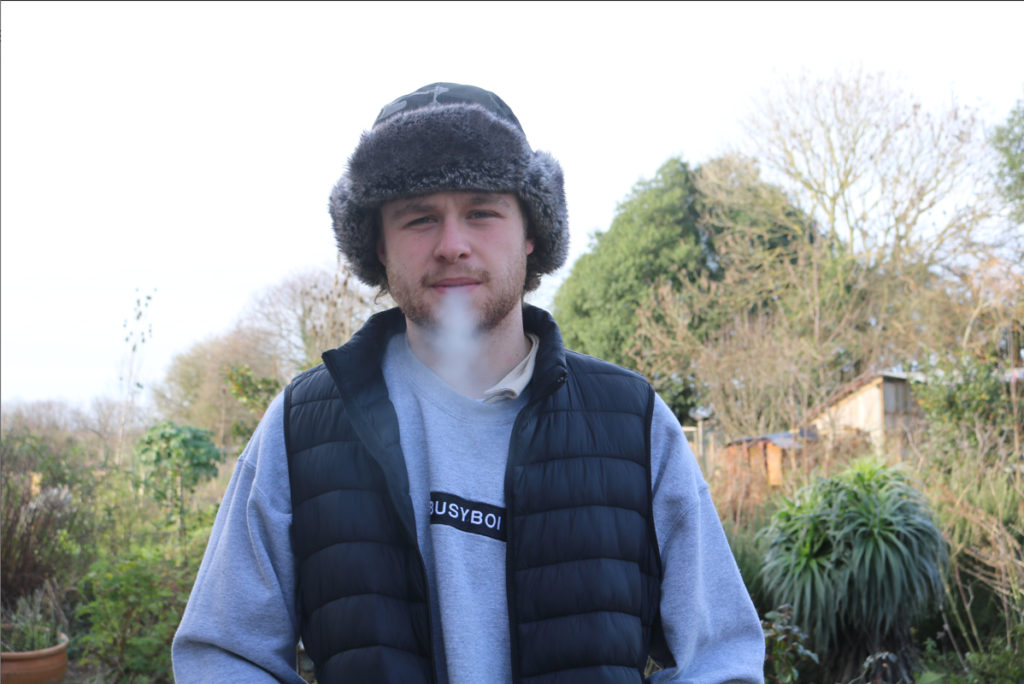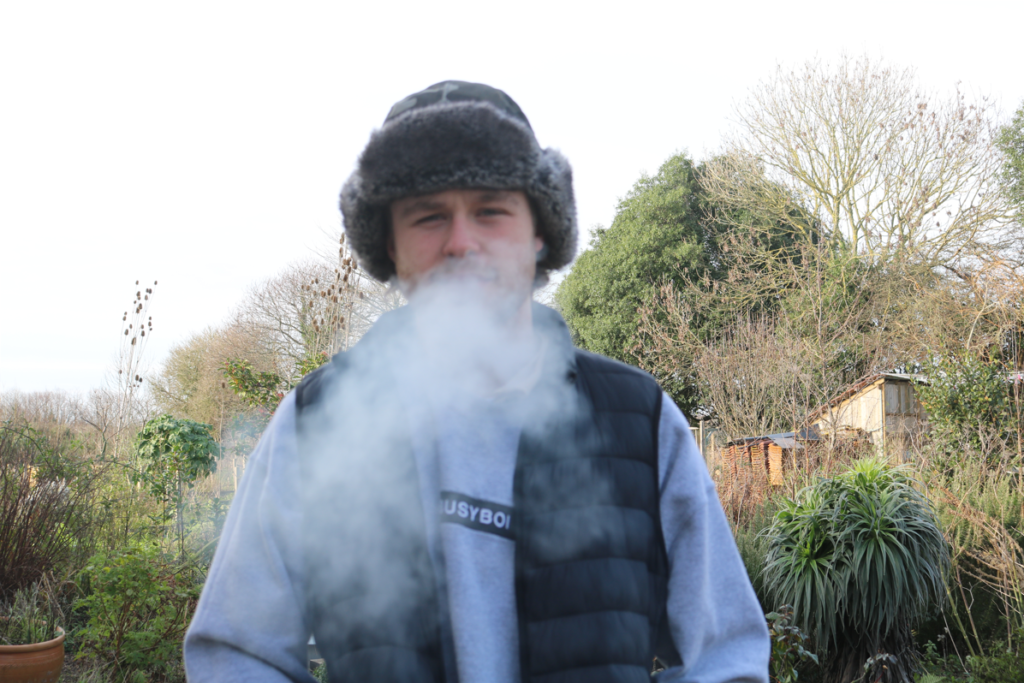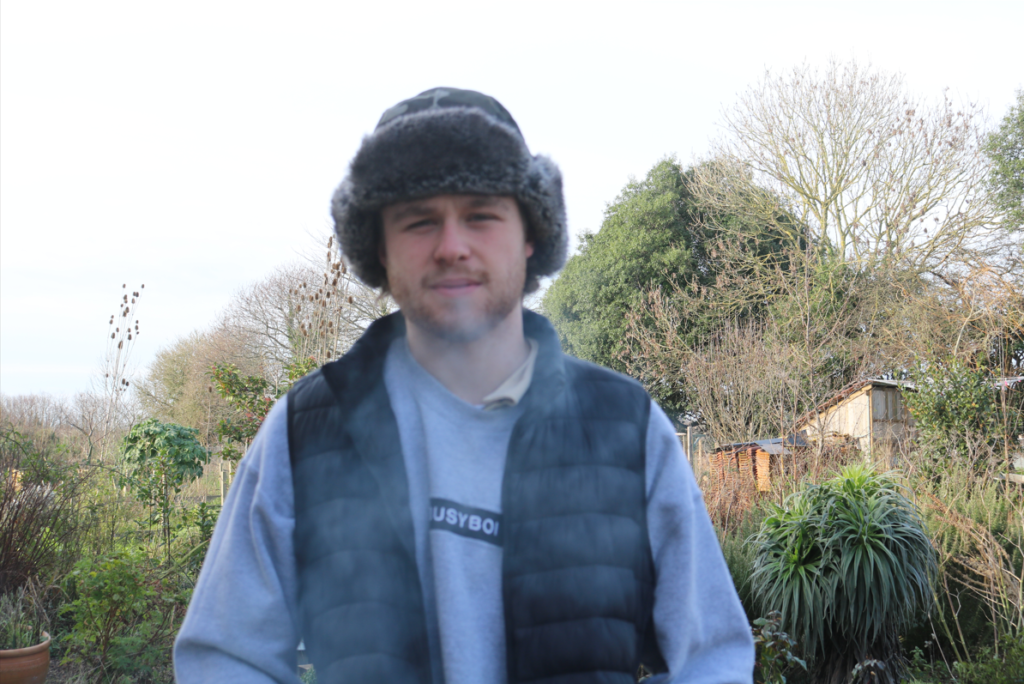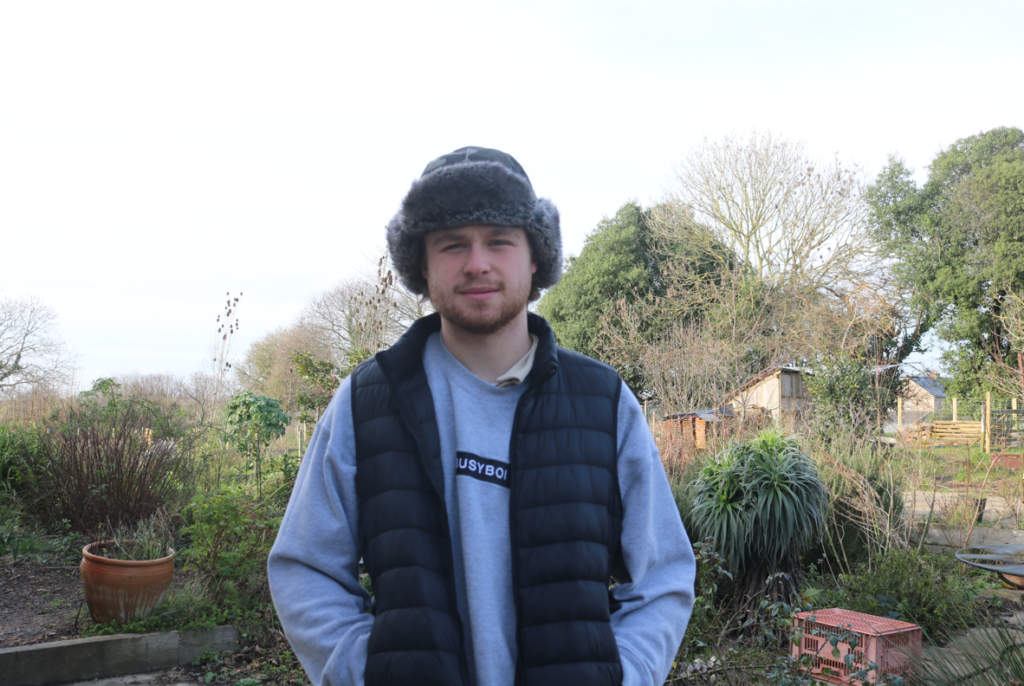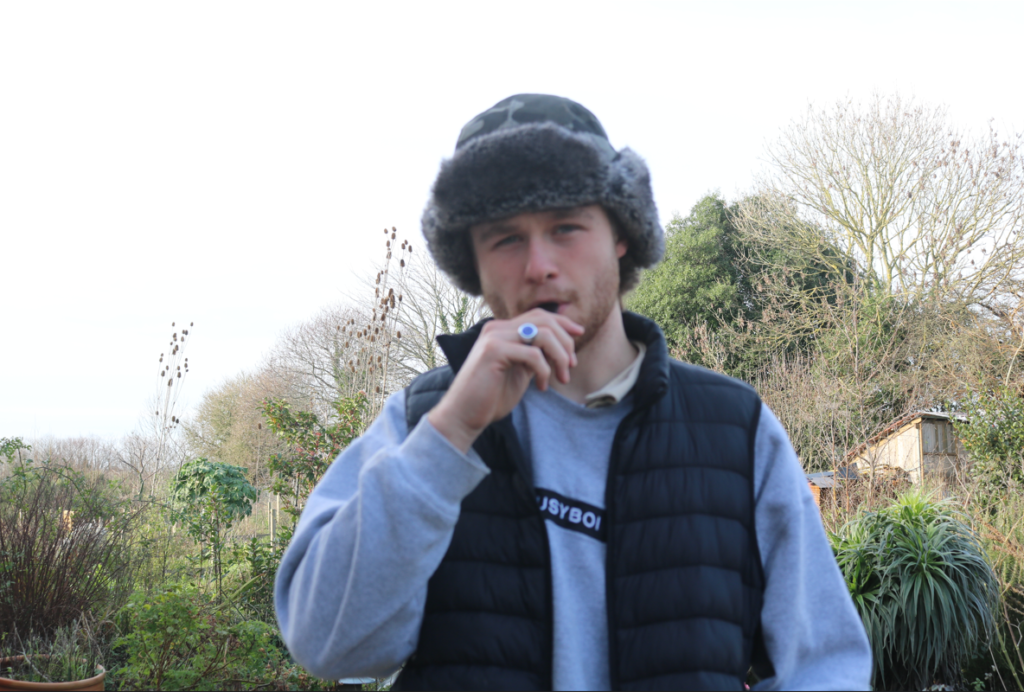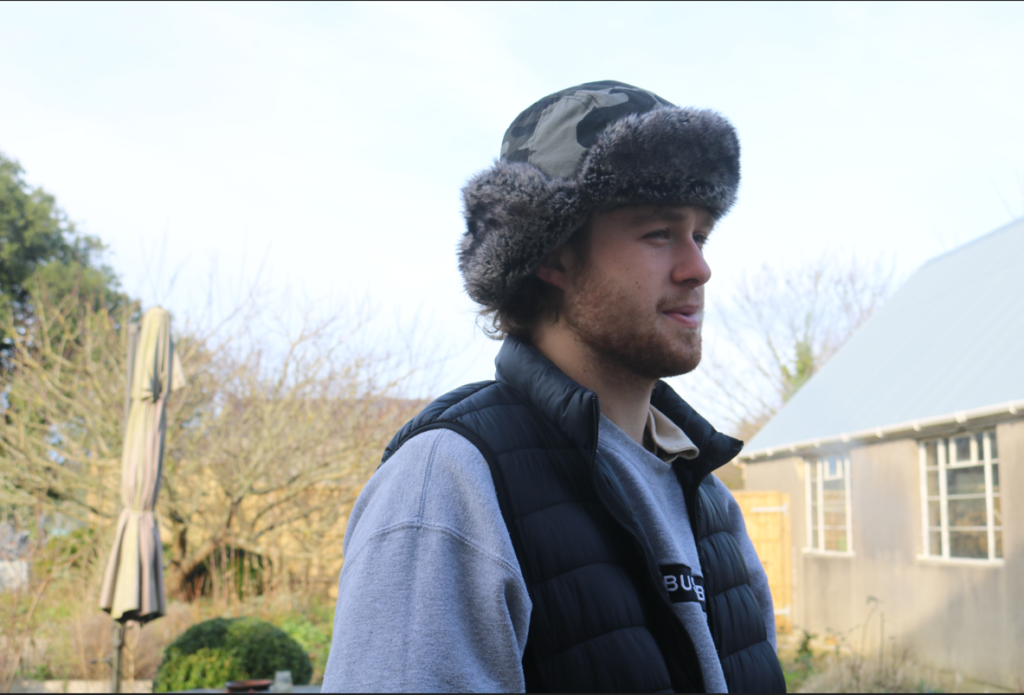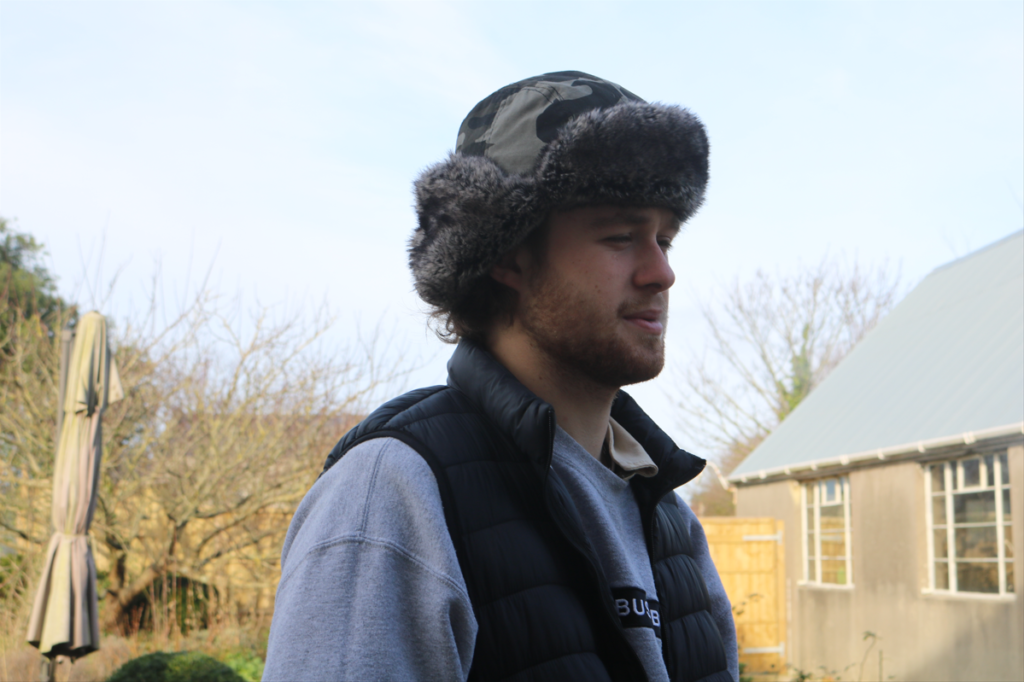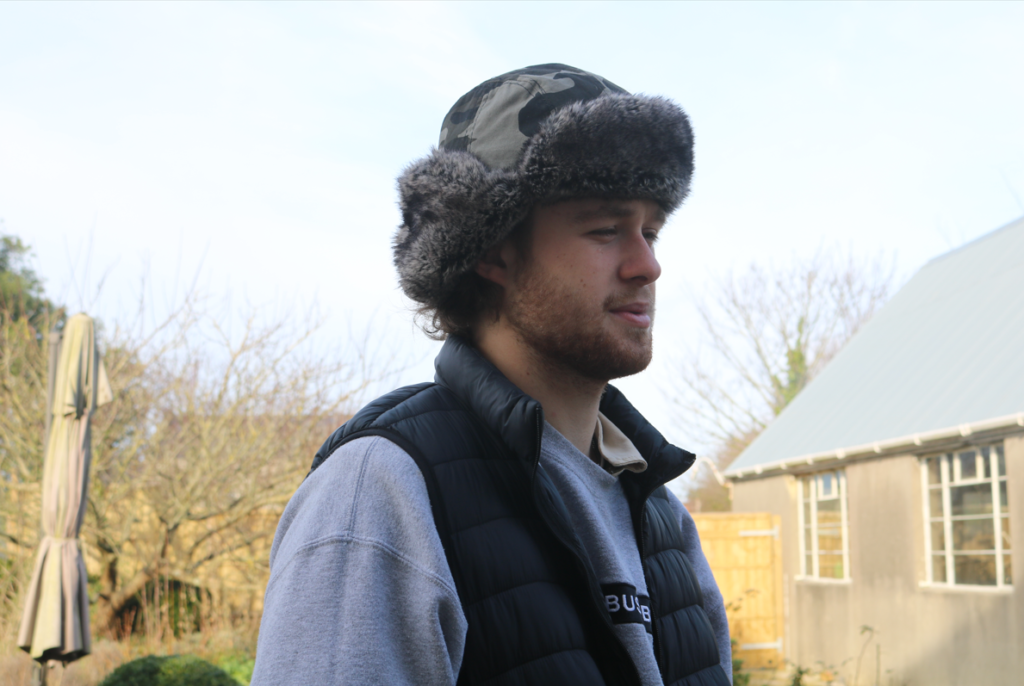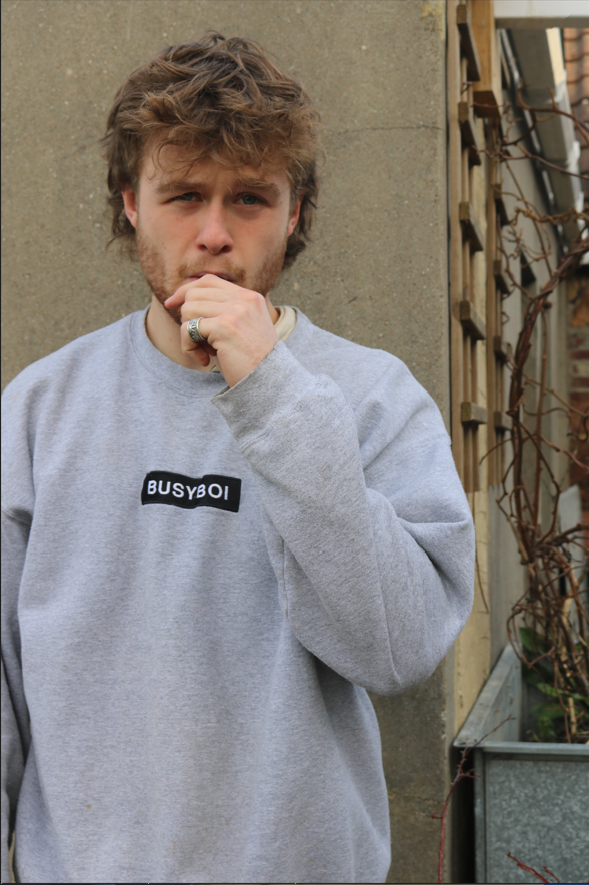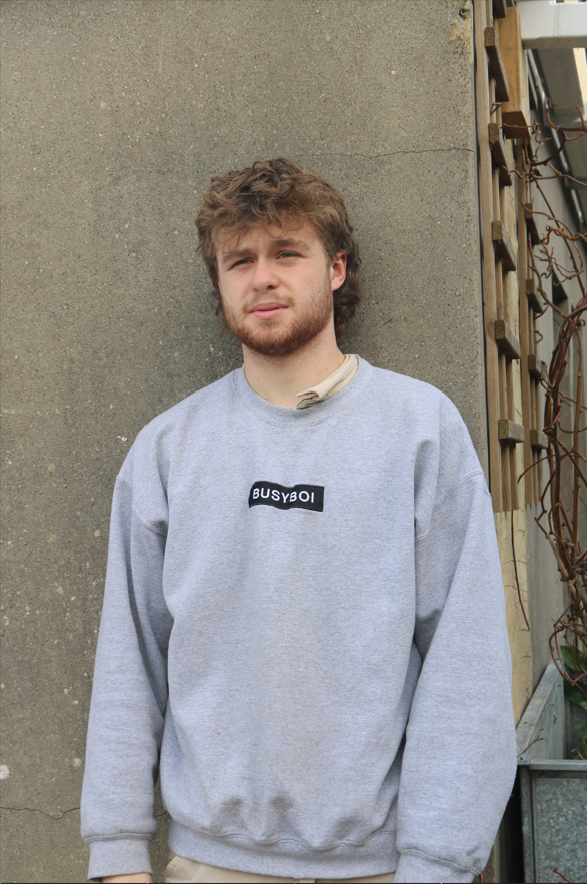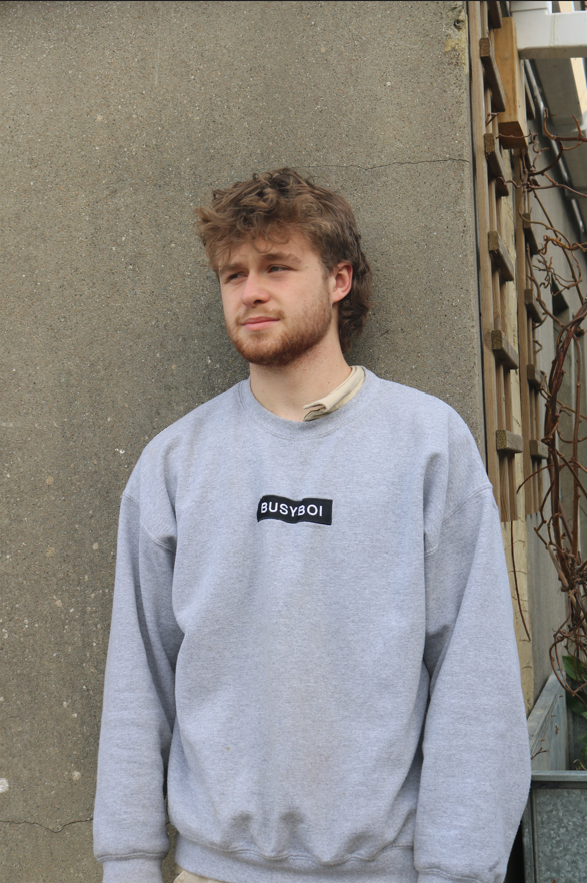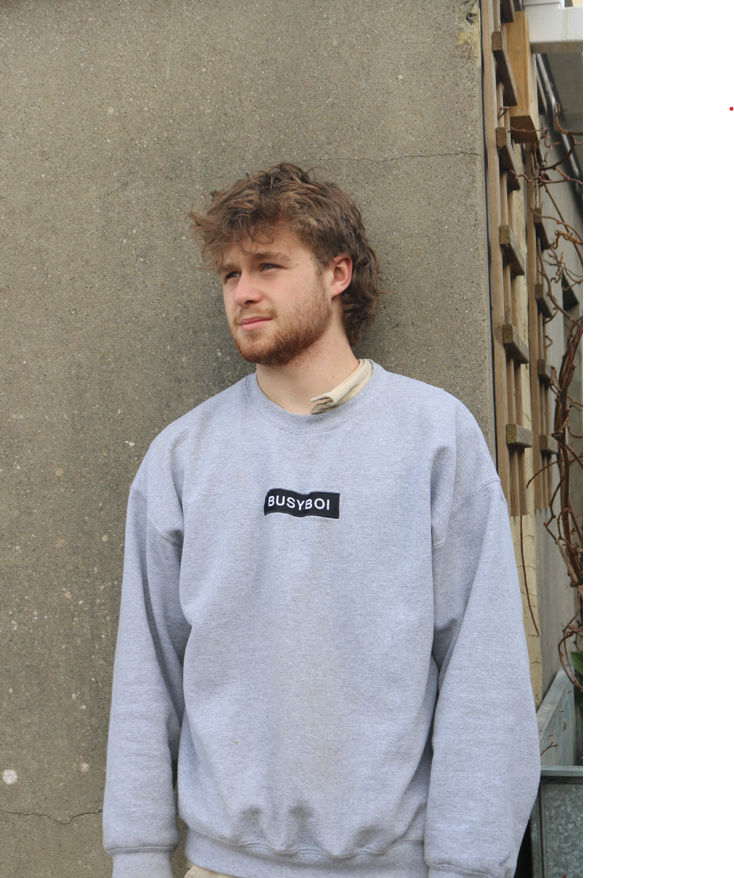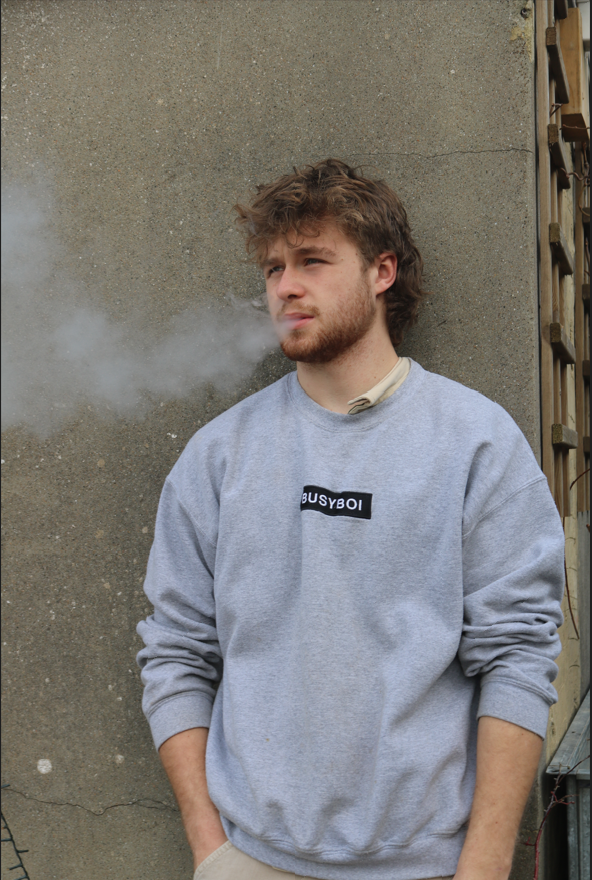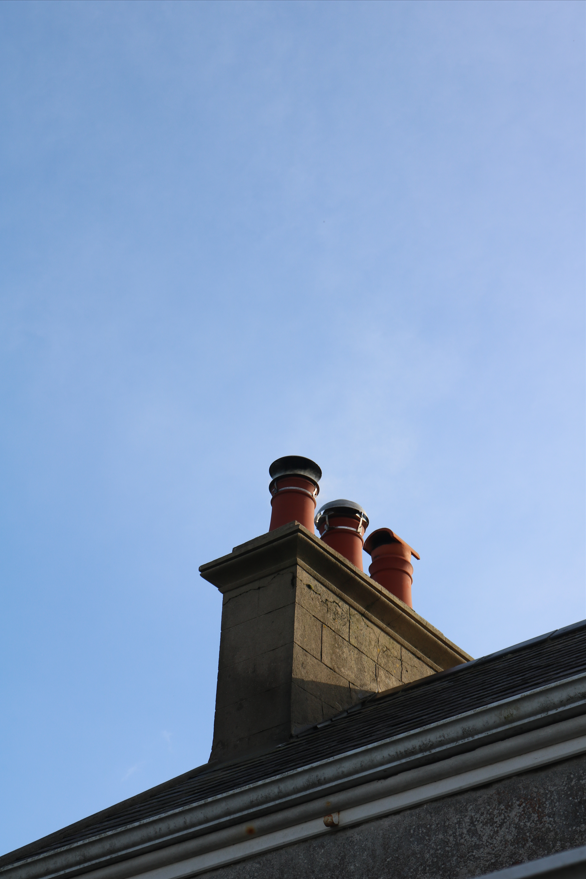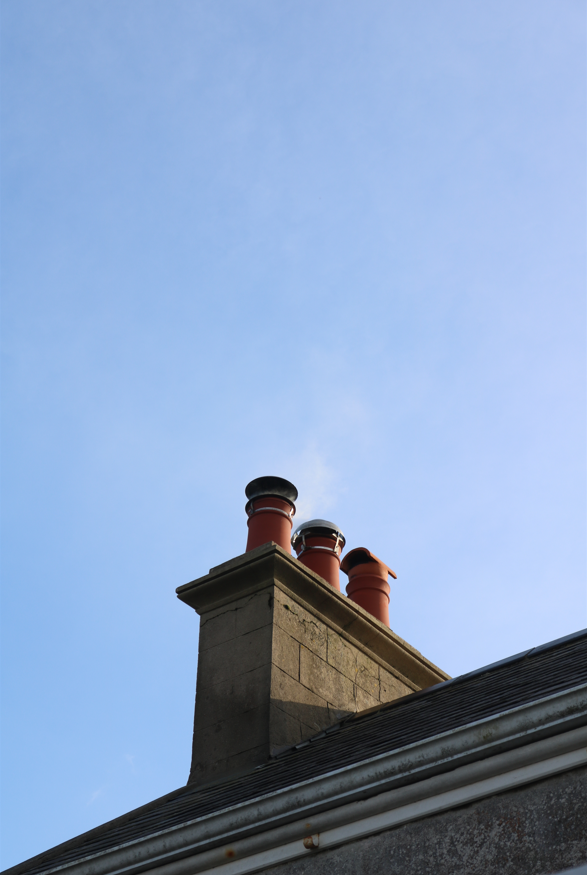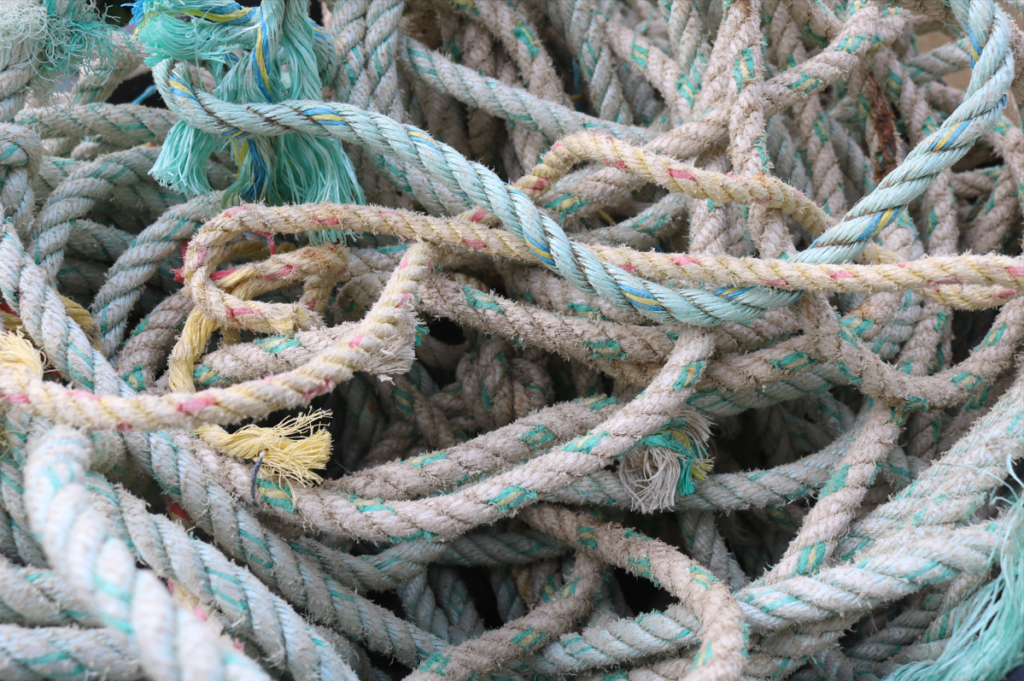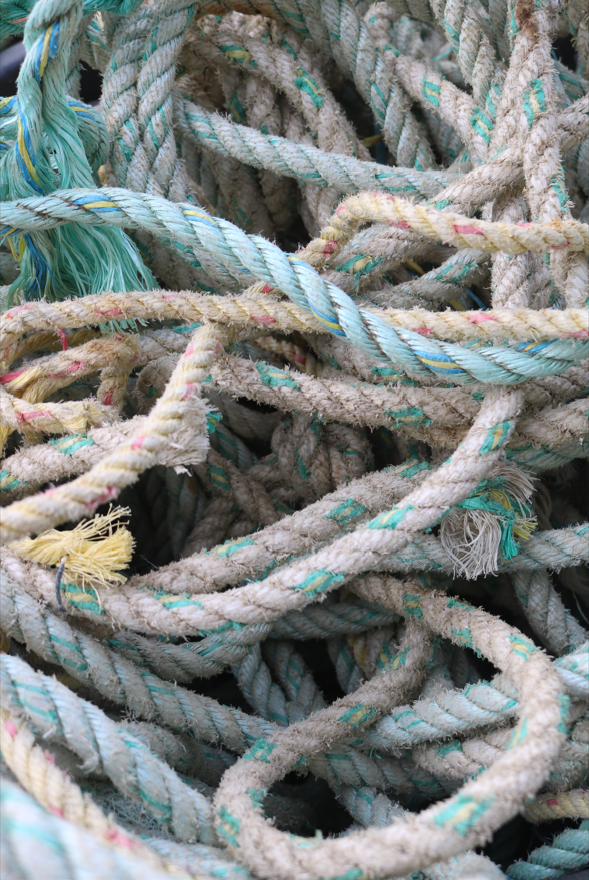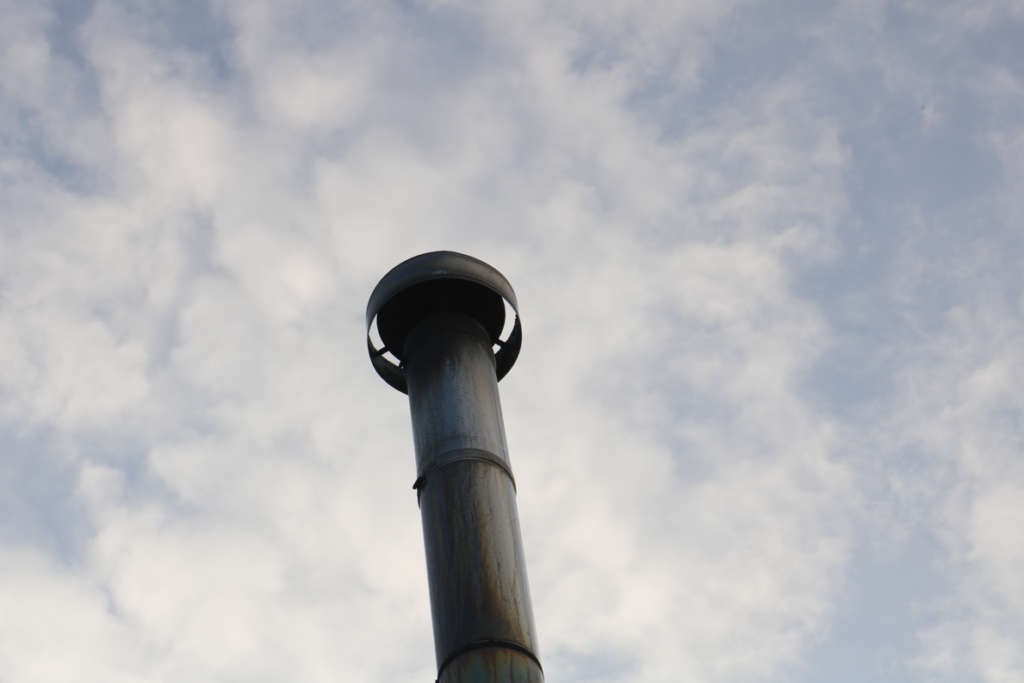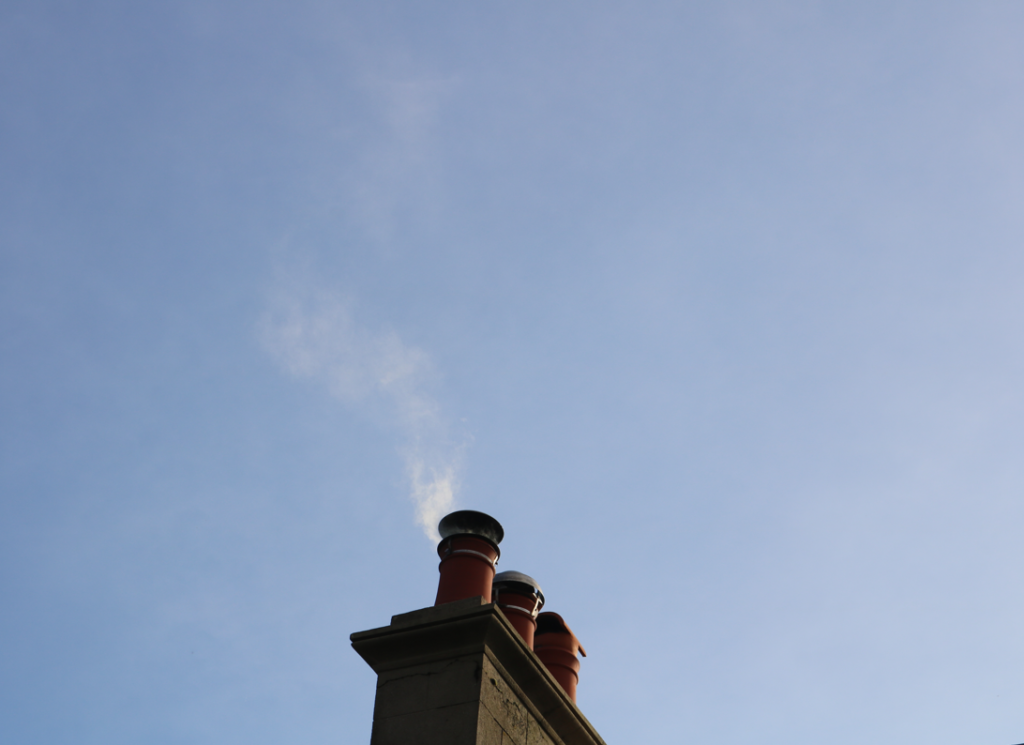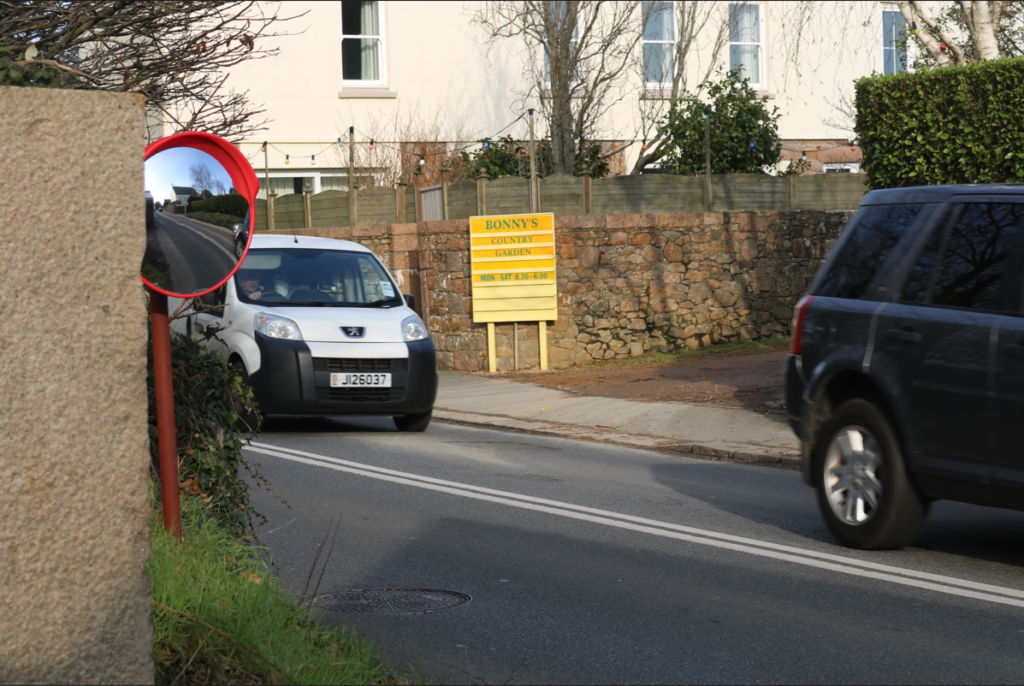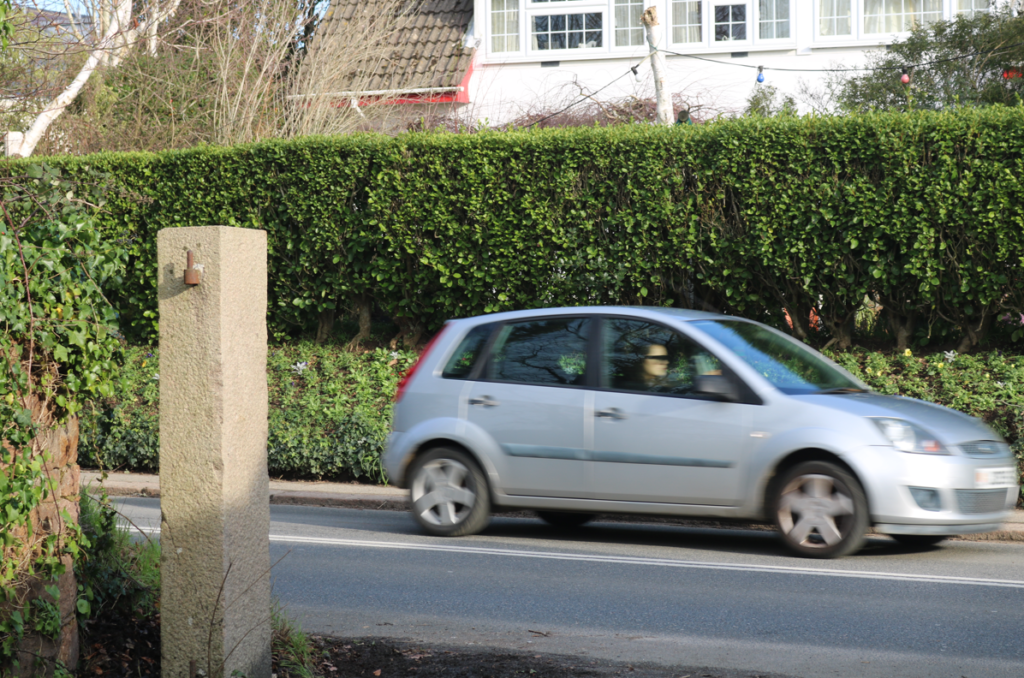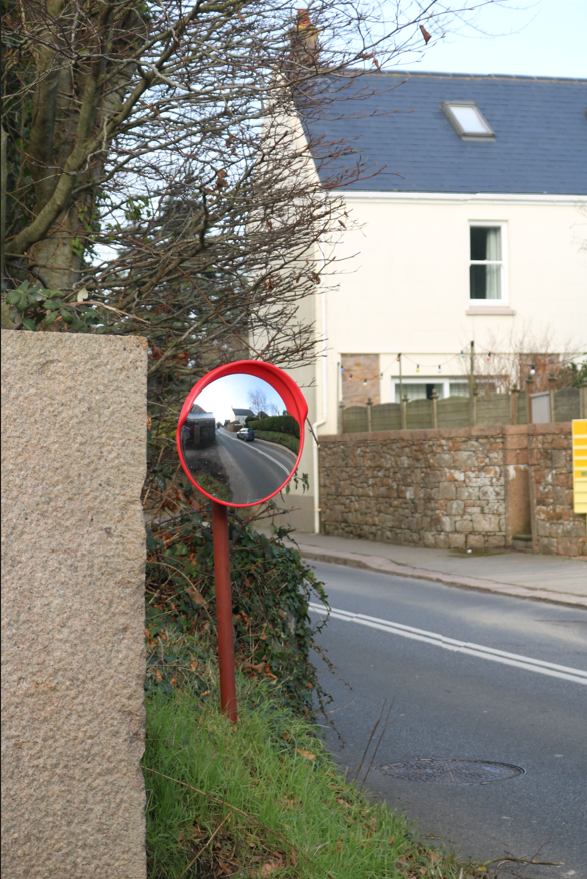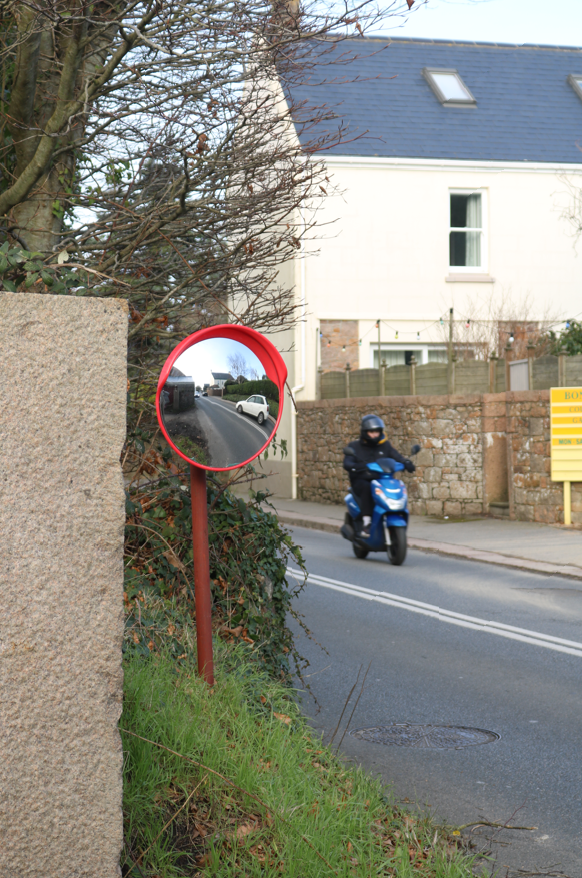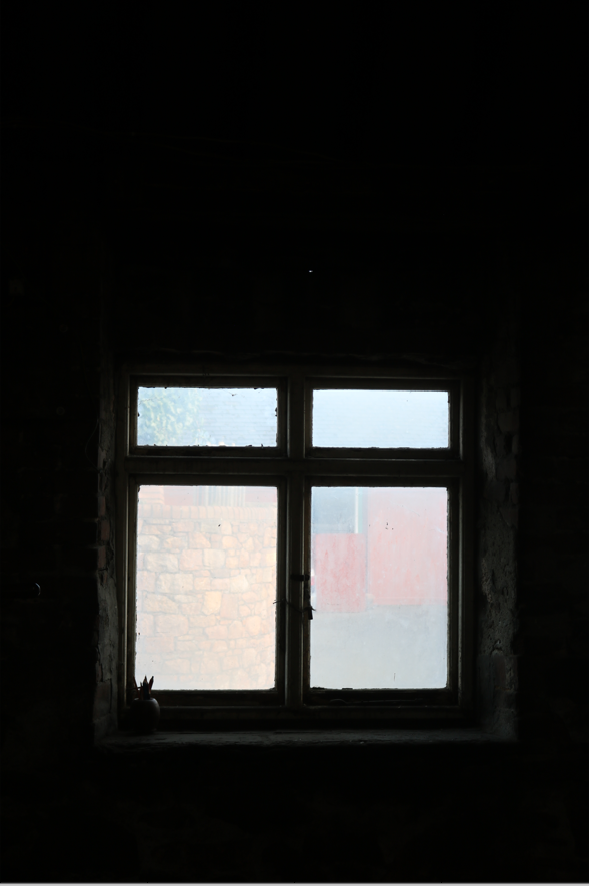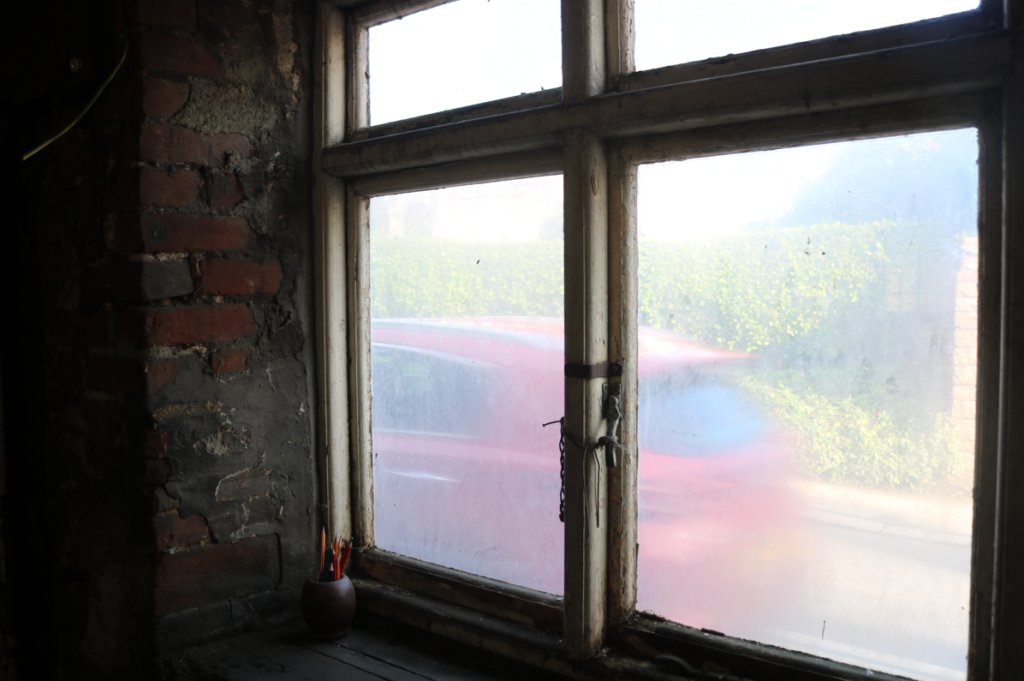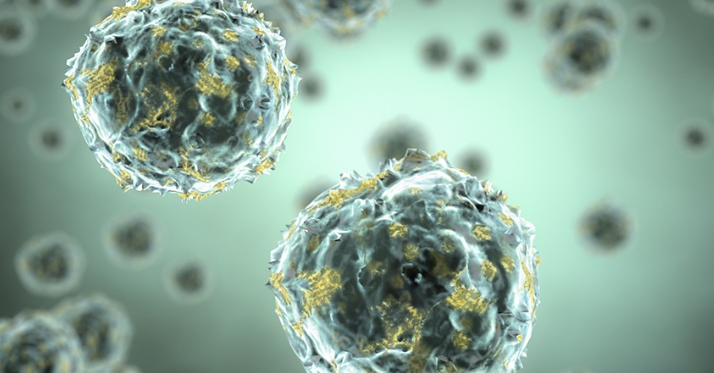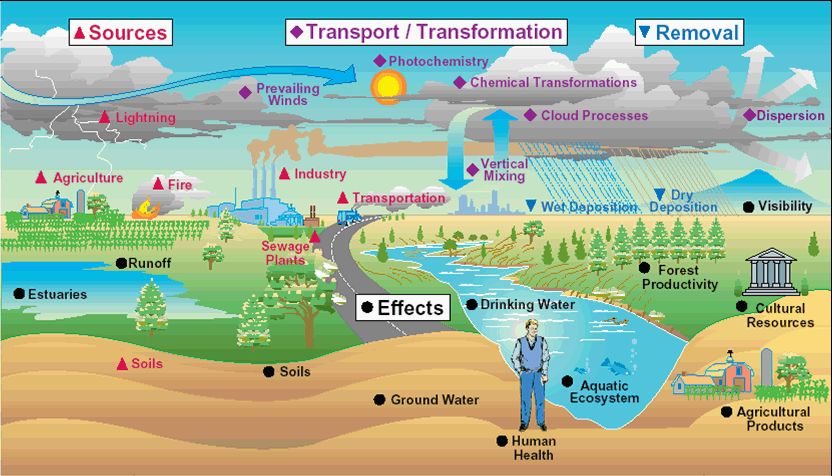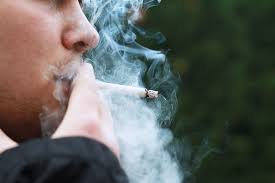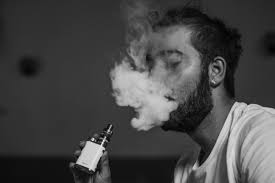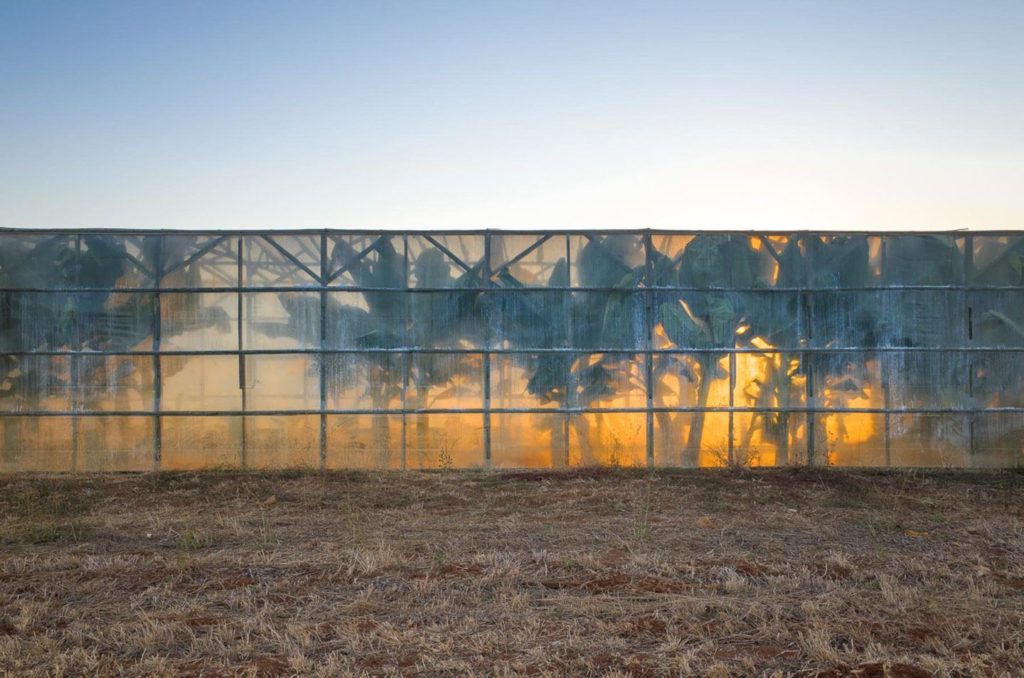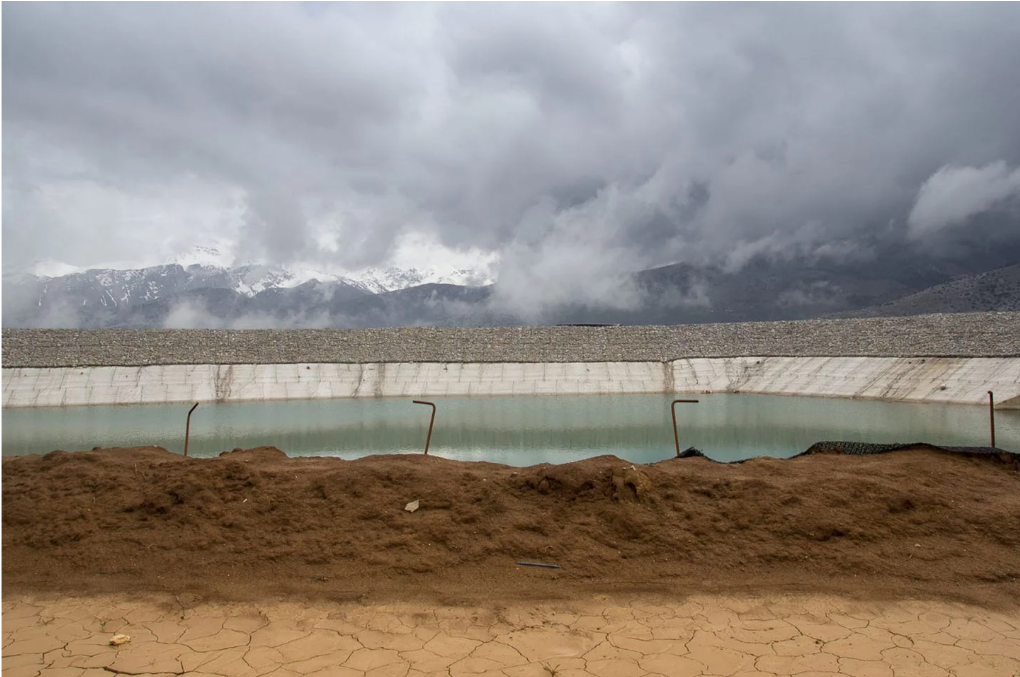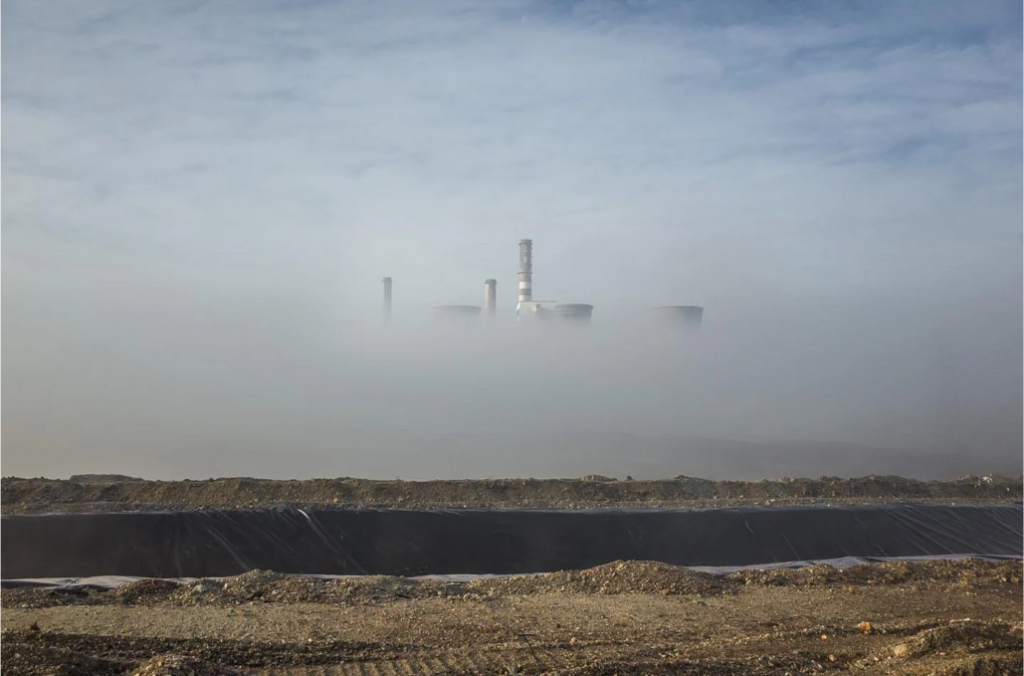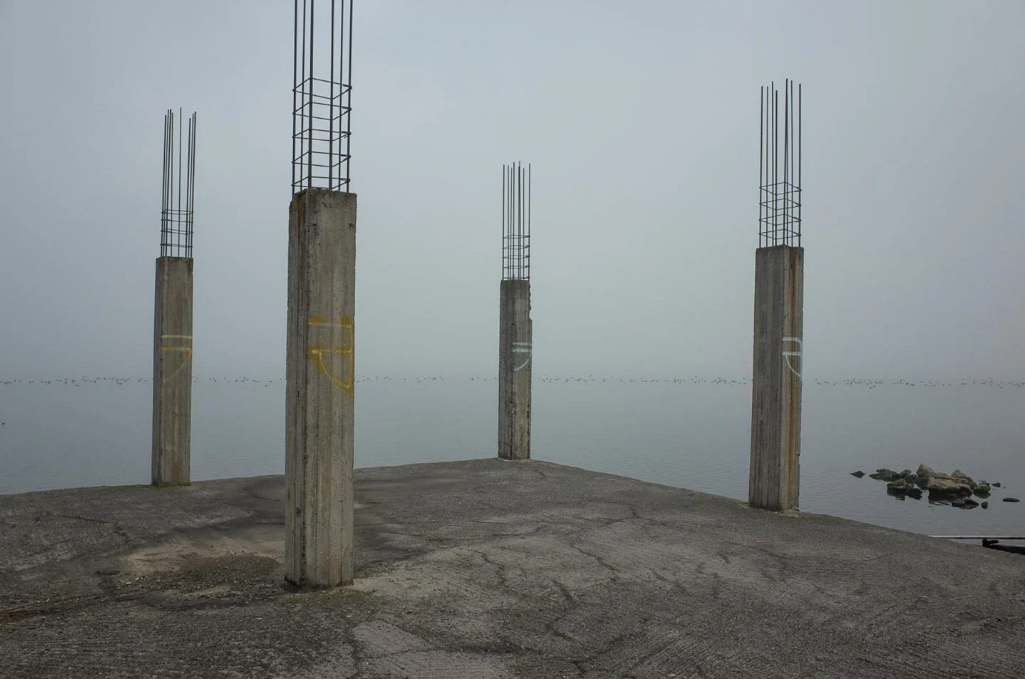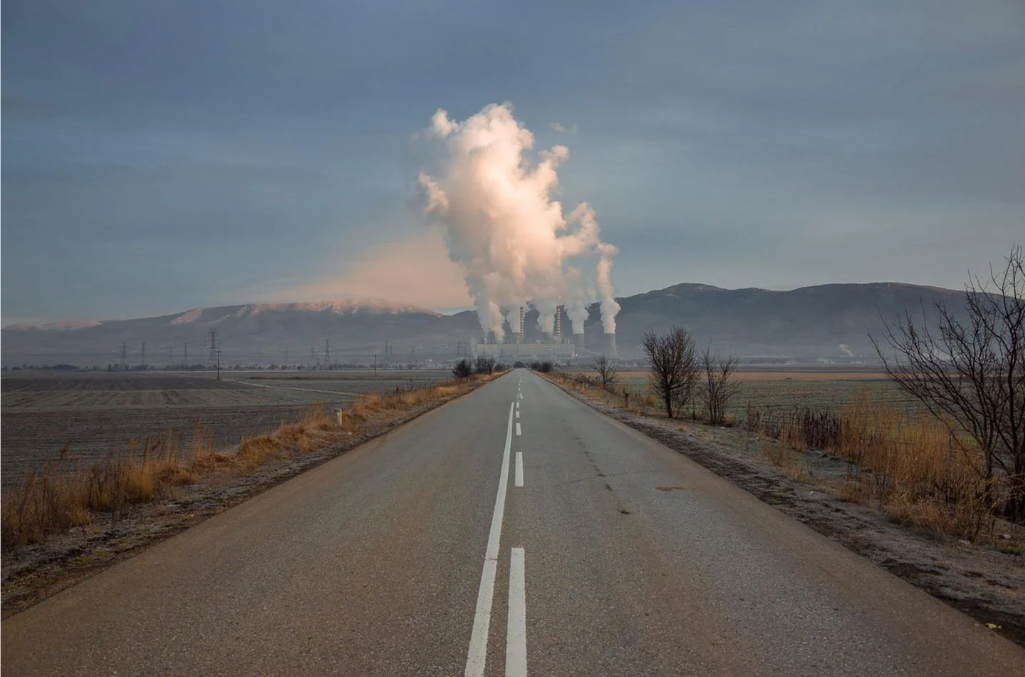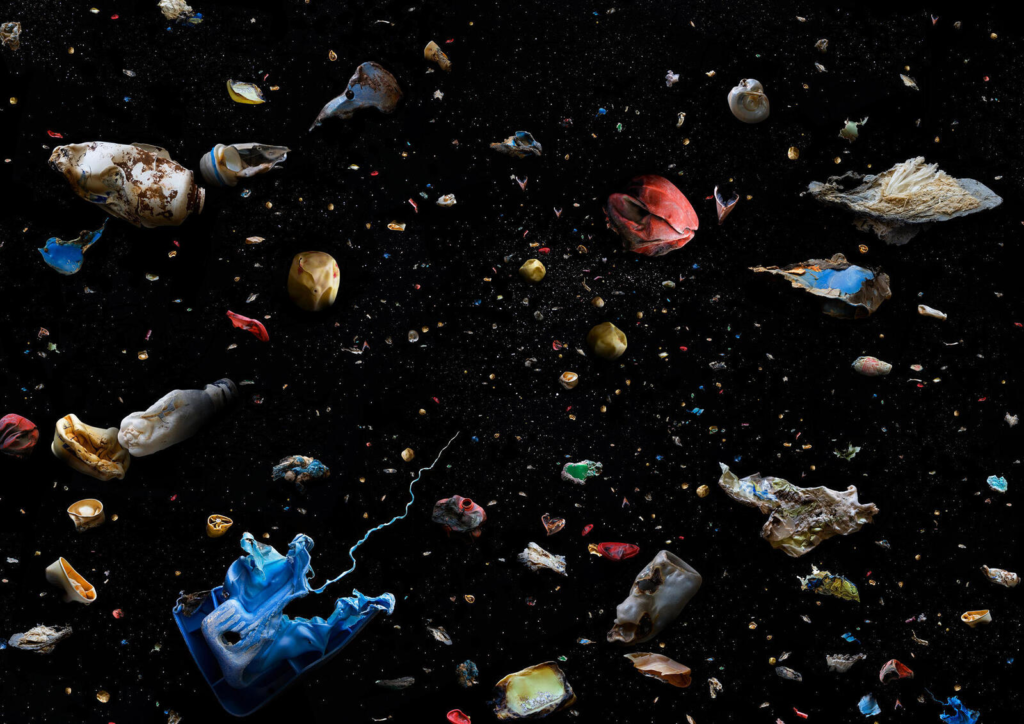I have chosen to focus on air pollution and its effects.
Some Effects of Air pollution
- Respiratory and Heart Problems.
- Child Health Problems.
- Global Warming
- Acid Rain
- Eutrophication
- Harmful To Wildlife
- Depletion of the Ozone Layer
Types of air pollution:
- Visible air pollution is pollution that can be seen. For example the smog you see over a city and smoke are forms of visible pollution.
- Invisible air pollutants are less noticeable, but they can be more deadly. Examples of invisible air pollutants include sulphur dioxide, carbon monoxide and nitrogen oxides.
Air pollution affects all things. Focusing on the impacts to the environment it reduces visibility and blocks sunlight, creating acid rain, and harming forests, wildlife, and agriculture. Greenhouse gas pollution, the cause of climate change, affects the entire planet.
Not all air pollution is visible so i photographed things such as cars that we know produce large amounts of harmful emissions into our environment.
I also photographed visible air pollution such as smoke from chimneys and people smoking as these are very common causes of air pollution that is visible enabling it to be photographed – These are examples of visible pollution.
Vapes – Scientists measured the air pollution produced by e-cigarettes, they found that e-cigarettes/vapes pollute the air with nicotine and fine particles this smoke contains nicotine, ultrafine particles and low levels of toxins. Vapes in general are accelerating the climate crisis by contributing to deforestation, carbon emissions, plastic pollution, water use and waterway contamination.
Cigarettes – Tobacco smoke is what is an aerosol, which is a mixture of 90% gas and 10% particles the smoke contributes thousands of metric tons of chemicals, other toxins, and greenhouse gases into our environment. Pollutants in tobacco smoke come from the high-temperature tobacco combustion. Particles in additives and paper such as (tar, nicotine, heavy metals, etc.) are found in the smoke emitted from the cigarette.

